Nationality American Name Titian Peale | Role Artist Parents Charles Willson Peale | |
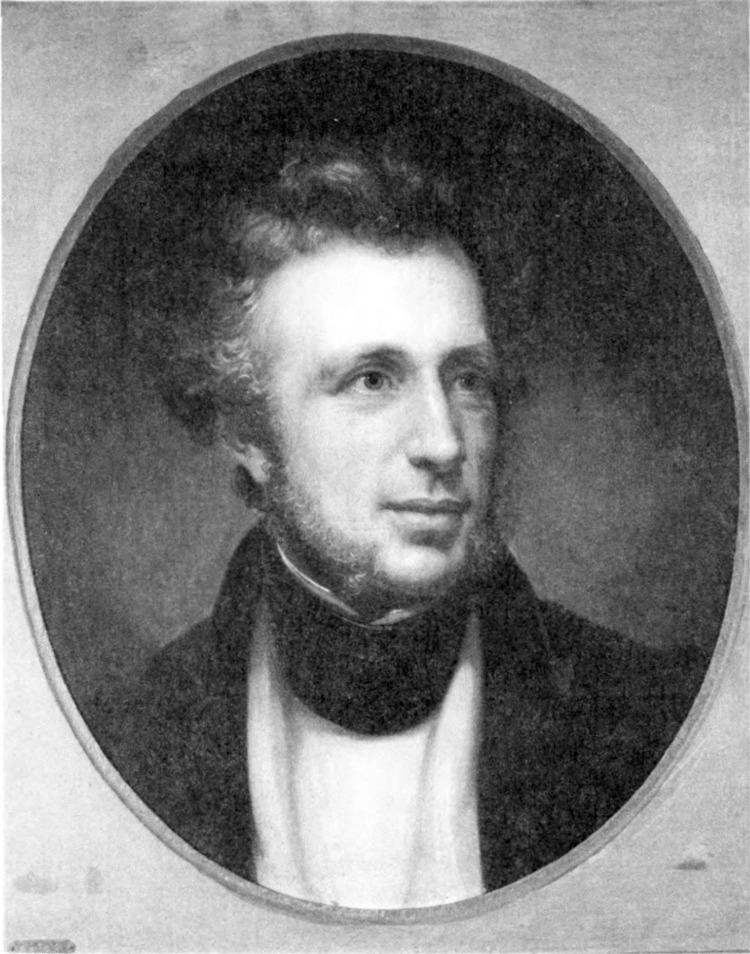 | ||
Full Name Titian Ramsay Peale Born November 2, 1799 ( 1799-11-02 ) Education Charles Willson PealeThomas Say Known for Drawing and WatercolorNatural historyEntomologyPhotography Artwork Four Elk, Sioux Lodge, CANIS LUPUS Siblings Raphaelle Peale, Rembrandt Peale, Rubens Peale Cousins Anna Claypoole Peale, Margaretta Angelica Peale, Maria Peale Similar People | ||
Titian Ramsay Peale (November 17, 1799 – March 13, 1885) was an American artist, naturalist, and explorer. He was a noted scientific illustrator whose paintings and drawings of wildlife were known for their beauty and accuracy. He participated as a naturalist in several scientific surveys, in particular he accompanied Stephen Harriman Long in 1819 to explore the Rocky Mountains and later served on the United States Exploring Expedition (1838-1842).
Contents

Biography
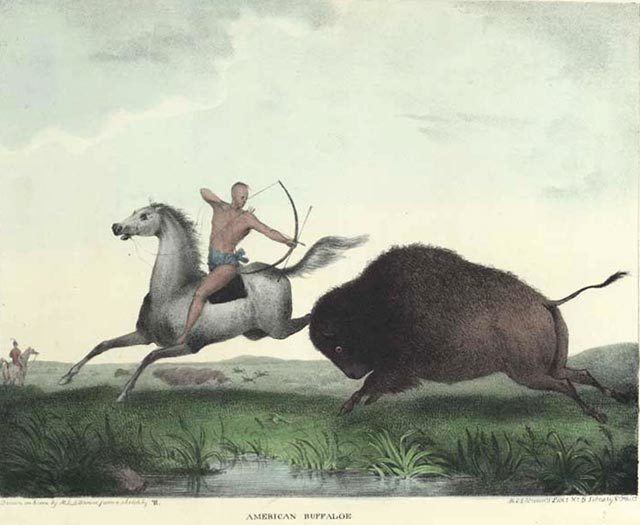
Peale was born on November 17, 1799 in Philadelphia, the youngest son of noted artist and naturalist, Charles Willson Peale. He was first exposed to the study of natural history while assisting his father on his many excursions in search of specimens for the Peale Museum. The family moved to Germantown, Pennsylvania, outside of Philadelphia, where he began collecting and drawing butterflies and other insects. Although some of his butterfly and moth illustrations were ultimately published, the majority remained unpublished until recently. Like his older brothers, Peale helped his father in the preservation of the museum's specimens for display, which included contributions from George Washington, Thomas Jefferson, and the Lewis and Clark Expedition.

His drawings were published in Thomas Say's American Entomology as early as 1816, and he was soon after elected to the Academy of Natural Sciences.
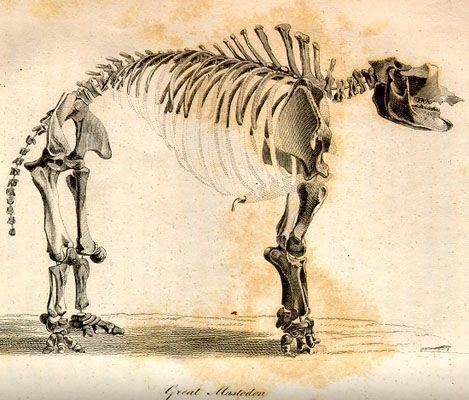
Peale took part in the 1817 expedition of the Academy of Natural Sciences to Florida and Georgia, together with Thomas Say, George Ord and William Maclure. He was assistant to Say on the expedition to the Rocky Mountains led by Stephen Harriman Long in 1819. The collection submitted to the Academy of Natural Sciences in Philadelphia from this expedition included 122 drawings by Peale. He acquired a wild turkey for the museum's collections.
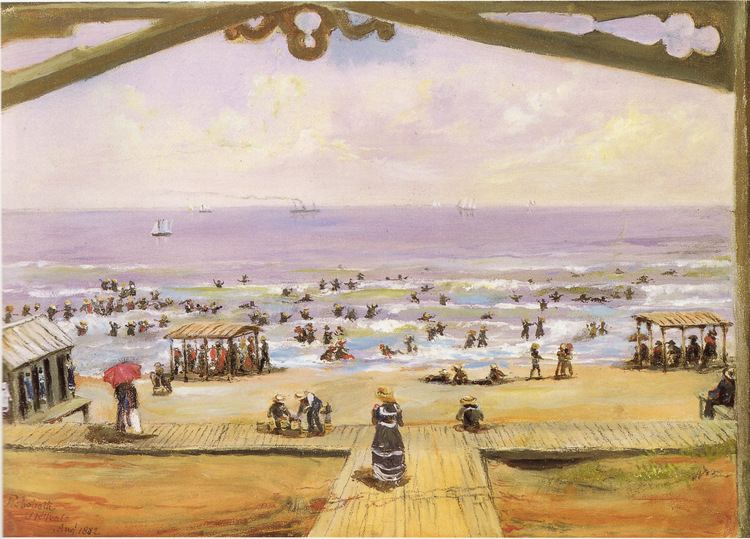
Peale provided illustrations for Say's American Entomology (1824–28) and Charles Lucien Bonaparte's American Ornithology (1825–33). He also undertook a collecting expedition to Florida on behalf of Bonaparte.
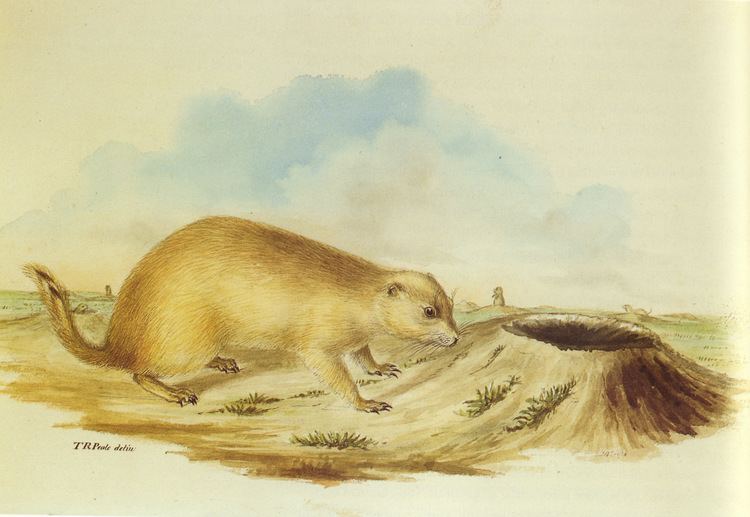
In 1831, Peale published a pamphlet known as Circular of the Philadelphia Museum: Containing Direction for the preservation and preparation of objects of natural history. The Peale museum continued to gain a worldwide reputation. He developed an effective method for storing butterflies in sealed cases with glass fronts and backs. As a result, parts of his collection have been preserved until the present day. His meticulous collection of over 100 separate butterfly species was often praised for the brilliance and vibrancy of the insects' colors.
In 1838, two years after Charles Darwin had returned from his voyage on the Beagle, Peale took leave from his work at the museum to sail aboard the Peacock as chief naturalist for the United States Exploring Expedition, 1838-1842 led by Lt. Charles Wilkes. As chief naturalist, he collected and preserved various specimens of natural history, many of which he packed and shipped back to the museum. Peale's post-expedition report, Mammalia and Ornithology (1848), was suppressed due to objections by Wilkes and John Cassin. Cassin was hired to produce a corrected volume, which was published in 1858. During the expedition, Wilkes named Peale Passage after Titian Peale.
On May 1, 1843, financial pressures forced Peale to sell the bankrupt museum at a sheriff's sale to Isaac Brown Parker. Peale went on to work for the U.S. Patent Office and to become a pioneer American photographer.
